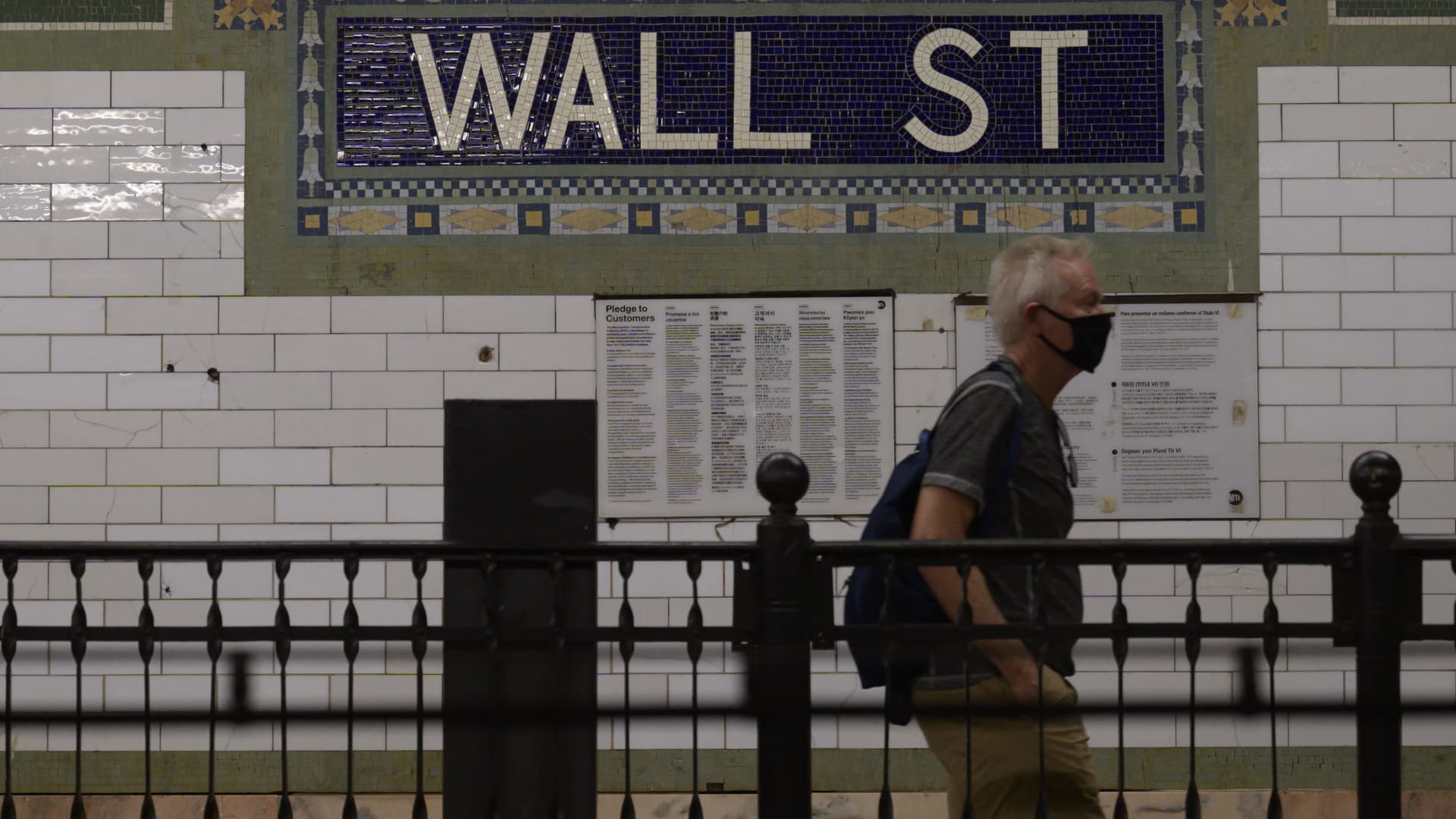
Is a recession within the playing cards? Marketplace watchers are cut up on if, and when, a recession will strike the U.S. The foremost U.S. averages clocked their tenth shedding week in 11 remaining week on fears that an competitive price hike cycle via the Fed to rein in hovering inflation will possibility inflicting an financial downturn. The S & P 500 slipped 5.8% remaining week for its largest weekly loss since March 2020, whilst the blue-chip Dow Jones Commercial Moderate dipped under 30,000 for the primary time since January 2021, shedding 4.8% for the length. The tech-heavy Nasdaq Composite slipped 4.8%. Warnings of a looming recession are rising louder. A slew of funding banks — together with the likes of Goldman Sachs , Morgan Stanley and Deutsche Financial institution — now consider a recession is turning into a much more likely state of affairs because the Fed hikes charges and financial enlargement slows. However UBS is status via its base case forecast of “no recession.” “We do not see a U.S. or world recession in 2022 or 2023 in our base case, however it is transparent that the hazards of a difficult touchdown are emerging. Even though the financial system does slip right into a recession, on the other hand, it will have to be a shallow one given the energy of client and financial institution stability sheets,” UBS’ strategists, led via Bhanu Baweja, stated in a analysis observe on Jun. 21. The financial institution checked out marketplace and sector go back patterns round 17 U.S. recessions within the remaining 100 years for clues to what would possibly occur will have to a recession strike. To make certain, historical past isn’t essentially a competent predictor of long run efficiency, however it would supply buyers with an concept of what is in retailer subsequent as recession dangers develop. What occurs in a ‘shallow recession’ Of the 17 recessions studied via UBS, 10 had been deemed to be “deep recessions,” when gross home product within the U.S. fell greater than 3% from height to trough. The rest seven had been classed as “shallow recessions” — outlined as GDP decline of not up to 3%. UBS famous that shallow recessions are related to central banks mountain climbing charges, generally according to prime inflation. The financial institution’s knowledge confirmed {that a} shallow recession generally lasts twelve months, with returns declining via a median of eleven% over the length. It famous that sell-offs generally start 8 months previous to the beginning of a recession, achieving a backside inside of 4 months of the beginning. This signifies that the marketplace sell-off is focused in kind of the primary one-third, with a restoration in the course of the latter two-thirds of the recession, Baweja famous. On a sectoral foundation, proportion worth returns of financials, industrials, and client discretionary shares are notable for being the “maximum delicate” to the intensity of recession — whose possibilities are maximum stepped forward if one may also be assured {that a} deep recession can be have shyed away from, in keeping with UBS. “In reality, round earlier shallow recessions, financials and client discretionary shares have modestly outperformed the marketplace,” Baweja added. UBS’ knowledge additionally confirmed that on reasonable, the U.S. inflation price and the Fed budget price had been 6.6% and eight.1%, respectively, previous to a shallow recession. Following the Fed’s 75 foundation level hike remaining week, the Fed’s benchmark budget price now stands within the vary of one.5%-1.75%. The U.S. client worth index rose 8.6% in Would possibly from a 12 months in the past, the easiest building up since December 1981. Core inflation except meals and effort rose 6%.
